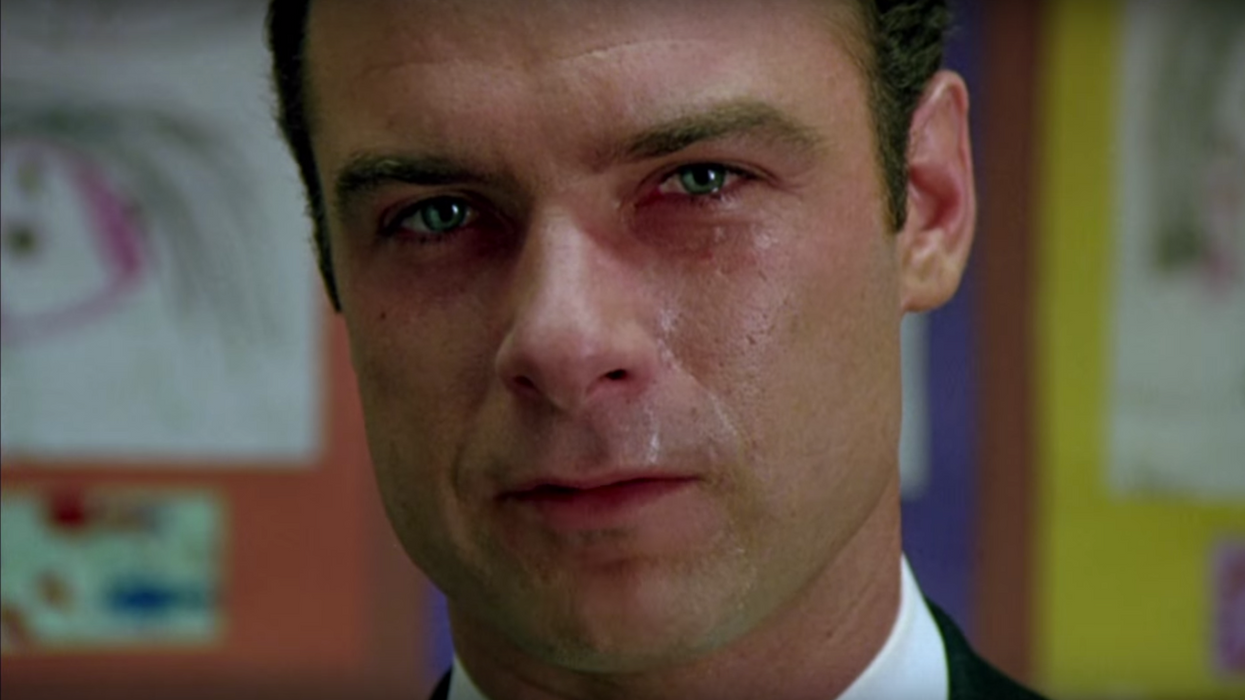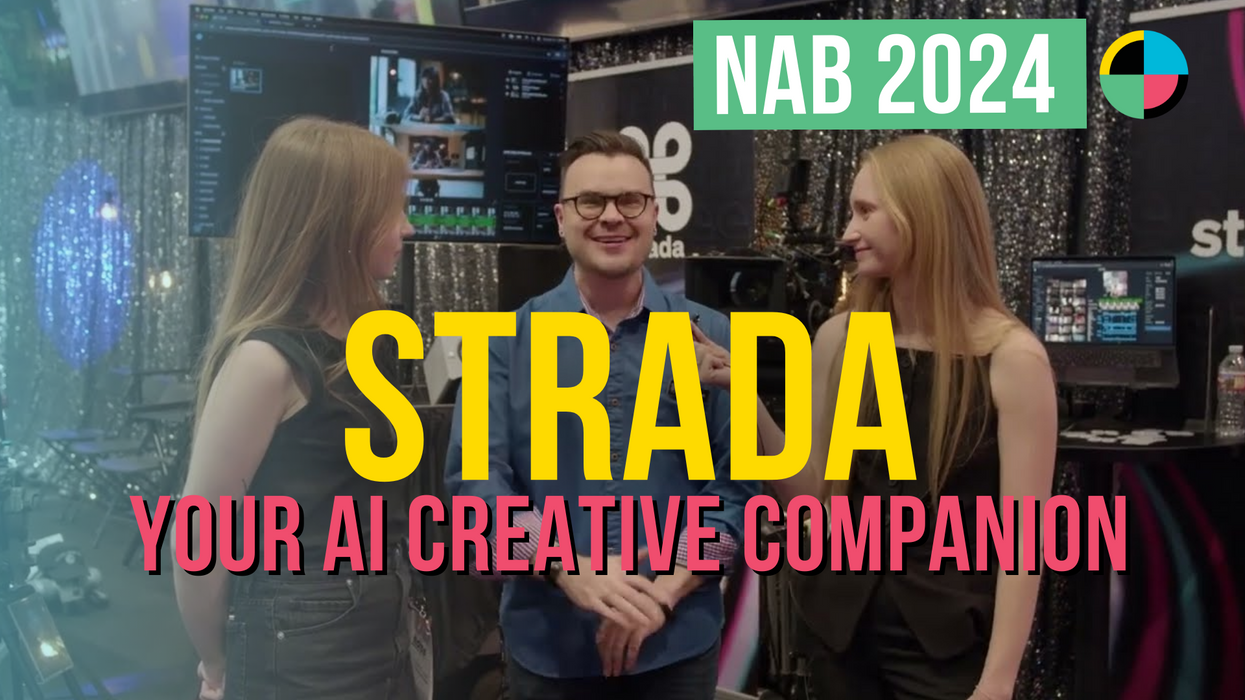Does Jonathan Demme's Style of Close-Up Shots Make You Feel Uncomfortable, Too?
Jonathan Demme was a master of the close-up.

Composer Stephen Sondheim once said, "A close-up onscreen can say all a song can."
Whether you agree with that or not, you can't argue with the fact that the close-up shot and how to creatively use the camera angle is a huge factor in the success of any visual story.
Directors and cinematographers have utilized it to draw viewers in, alerting them to what's about to unfold on screen and to capture the emotion of a character in a more grandiose way. Close-ups are intimate, unavoidable, and ubiquitous. They're used so often and so formulaically that we've come to expect them. We know when they're coming: two lovers embrace and the violins begin to play... and we're going to get a close-up of each of them, of course.
However, Jacob T. Swinney highlights one director that adds a little something special to his close-ups to make them more interesting: Jonathan Demme. In this video essay, Swinney collects a bunch of examples of Demme's close-ups and examines what makes them effective storytelling tools.
If you didn't catch it in the video, Demme's close-ups are set apart from other styles of close-ups for two reasons: 1. The subjects are centered in the frame, and 2. The subjects look directly into the camera.
Now, clearly Demme isn't the only filmmaker that has used this technique, but he has used it enough to make it a trademark move. Why does he choose to have his characters semi-break the fourth wall by looking into the camera? How does this kind of close-up affect the audience?

Well, depending on what's happening in the scene—a declaration of love, a drill sergeant screaming orders, a prisoner explaining how he ate someone's liver with some fava beans and a nice chianti—you might feel a little more uncomfortable, threatened, and unnerved than usual, because the character is looking right at the camera. At you.
Source: Press Play












